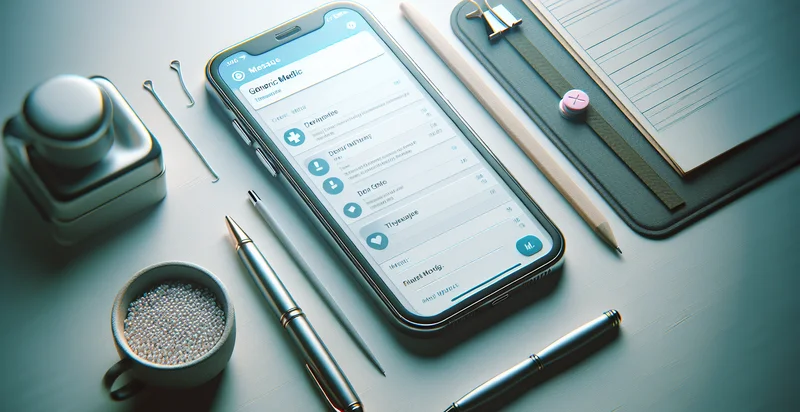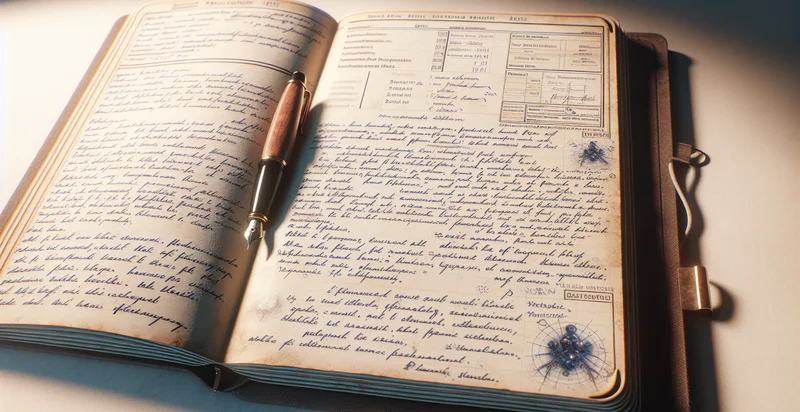Identify visual fields
using AI
Below is a free classifier to identify visual fields. Just input your text, and our AI will predict the visual fields of patients based on their medical data - in just seconds.

Contact us for API access
Or, use Nyckel to build highly-accurate custom classifiers in just minutes. No PhD required.
Get started
import nyckel
credentials = nyckel.Credentials("YOUR_CLIENT_ID", "YOUR_CLIENT_SECRET")
nyckel.invoke("visual-fields", "your_text_here", credentials)
fetch('https://www.nyckel.com/v1/functions/visual-fields/invoke', {
method: 'POST',
headers: {
'Authorization': 'Bearer ' + 'YOUR_BEARER_TOKEN',
'Content-Type': 'application/json',
},
body: JSON.stringify(
{"data": "your_text_here"}
)
})
.then(response => response.json())
.then(data => console.log(data));
curl -X POST \
-H "Content-Type: application/json" \
-H "Authorization: Bearer YOUR_BEARER_TOKEN" \
-d '{"data": "your_text_here"}' \
https://www.nyckel.com/v1/functions/visual-fields/invoke
How this classifier works
To start, input the text that you'd like analyzed. Our AI tool will then predict the visual fields of patients based on their medical data.
This pretrained text model uses a Nyckel-created dataset and has 17 labels, including Central Field Preservation, Complete Field Loss, Full Field, Hemianopia, Inferior Field Loss, Mild Constriction, Mild Field Loss, Moderate Constriction, Nasal Field Loss and Normal Field.
We'll also show a confidence score (the higher the number, the more confident the AI model is around the visual fields of patients based on their medical data).
Whether you're just curious or building visual fields detection into your application, we hope our classifier proves helpful.
Related Classifiers
Need to identify visual fields at scale?
Get API or Zapier access to this classifier for free. It's perfect for:
- Patient Symptom Classification: This function can identify false text entries related to visual field impairments in patient records. By automatically flagging discrepancies, healthcare providers can ensure accurate diagnoses and appropriate treatments for conditions affecting vision.
- Medical Billing Validation: The false text classification function can be utilized to scrutinize medical billing descriptions, ensuring they align with the visual field assessments conducted. This reduces the likelihood of billing errors and aids in maintaining compliance with healthcare regulations.
- Research Data Integrity: In clinical research, this function can be used to filter out irrelevant or misclassified text from datasets related to visual field studies. Ensuring the integrity of such data is crucial for drawing valid conclusions and advancing medical knowledge in ophthalmology.
- Automated Documentation Review: The function can automate the review process of medical documents, identifying text that doesn’t accurately reflect the patient's visual fields assessment. This streamlines administrative workflows and minimizes the risk of human error in documentation.
- Telemedicine Consultation Support: During telemedicine consultations, the function can analyze patient-reported text submissions for visual field concerns. By identifying misclassifications, healthcare providers can better address patient inquiries and concerns, improving the quality of remote care.
- Training Data Enhancement: For machine learning models focused on ophthalmic diagnostics, this false text classification function can help curate high-quality training datasets. By excluding incorrectly labeled data, it enhances the performance and accuracy of predictive algorithms.
- Quality Control in Clinical Trials: In clinical trials assessing therapies for visual impairments, this function can monitor and classify reported visual field changes in participant texts. It ensures quality control by identifying and correcting false entries, thereby preserving the integrity of the trial outcomes.


